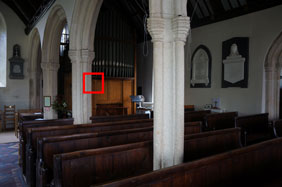Olympus E-PM1
-
-
Written by Gordon Laing
Quality
Olympus PEN E-PM1 vs Sony Alpha NEX-5N Quality
|
Olympus PEN Mini E-PM1 |
Sony Alpha NEX-5N | |
 | 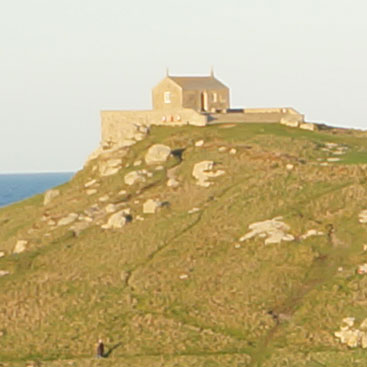 | |
f5.6, 200 ISO |
f5.6 100 ISO | |
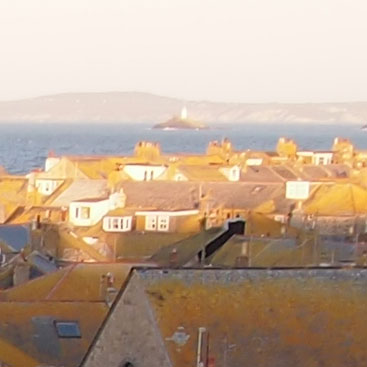 |  | |
f5.6, 200 ISO |
f5.6 100 ISO | |
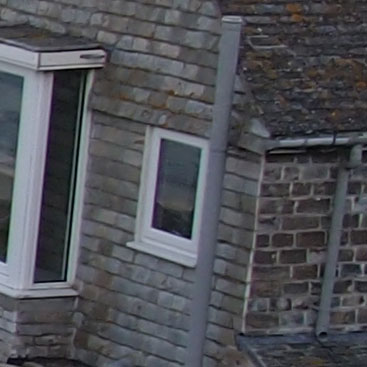 | 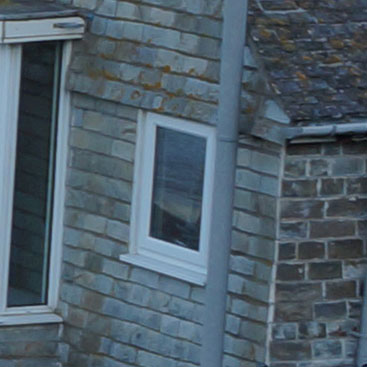 | |
f5.6, 200 ISO |
f5.6 100 ISO | |
 |  | |
f5.6, 200 ISO |
f5.6 100 ISO |
Olympus PEN Mini E-PM1 vs Sony Alpha NEX-5N Noise
The above shot was taken with the the Olympus PEN E-PM1 with the lens set to 14mm (28mm equivalent) and the aperture set to f3.5 in Aperture priority mode. At its base sensitivity setting of 200 ISO the E-PM1 metered an exposure of 0.6 seconds. The Sony NEX-5N metered an exposure significantly darker than the Olympus PEN E-PM1, so to produce comparable results I set +0.7EV exposure compensation on the NEX-5N to produce an exposure of 1.3 seconds at 100 ISO. The crops are taken from the area marked with the red square and presented below at 100%. At its base 200 ISO sensitivity setting the Olympus PEN E-PM1 crop looks a tiny bit textured, but the level of detail is good both in the wood panelling and stone column. At 400 ISO the graininess has increased quite significantly though. It’s most noticeable in the wood panelling and you can clearly see that the vertical grooves, which in the 200 ISO crop were straight, uninterrupted lines are beginning to break up. So one step up from the base ISO level fine detail is already being sacrificed. Having said that the processing has a natural look to it, a little like film grain and it’s not unpleasant. And you’d be unlikley to notice this deterioration unless you were looking for it at 100 percent view. At 800 ISO theres’s another increase in graininess. The detail in the stone colum is beginning to suffer and you can see the texture in flat areas as well as it’s effects on the fine detail. But again, 800 ISO would be perfectly acceptable for anything other than 100 percent viewing. When you get to 1600 ISO, however, the noise not only reaches new levels, but takes on a different quality, with chroma noise – coloured pixels – now making an appearance. The 3200 ISO crop doesn’t look very pretty, but you’d still get away with this at smaller sizes for web use. The 6400 and 12800 ISO settings are worth having just to be able to record in very poor light, but the subject would have to be very important to be worth the effort. The PEN E-PM1 high ISO noise results are respectable enough but up against the larger APS-C sensor in the Sony Alpha NEX-5N, they simply can’t compete, not in the mid to high ISO range at least. At the lower ISO settings there isn’t much of a difference between them. Comparing the base 200 ISO Olympus PEN E-PM1 crop with the 100 ISO crop form the Sony NEX-5N, the Olympus crop is a tiny bit more textured than the Sony one, but if there is a difference in noise quality, it’s too marginal to worry about. At 400 ISO though, it’s already a very different story. The step changes in Olympus E-PM1 noise quality are of a much larger degree than on the NEX-5N to the extent that the E-PM1 400 ISO crop already looks a little worse than the 800 ISO NEX-5N crop. After that, the PEN E-PM1 holds steady, just about maintaining the one stop difference. At the higher ISO settings the Olympus PEN E-PM1 is about a stop and a half behind the NEX-5N, so 12800 ISO on the NEX-5N looks to be somewhere between 3200 and 6400 on the E-PM1. Pretty conclusive evidence that the NEX-5N’s APC-C sized sensor gives it a compelling high ISO low noise advantage over the Olympus E-PM1. Now head over to our Olympus PEN E-PM1 gallery to see some more real-life shots in a variety of conditions.
|
